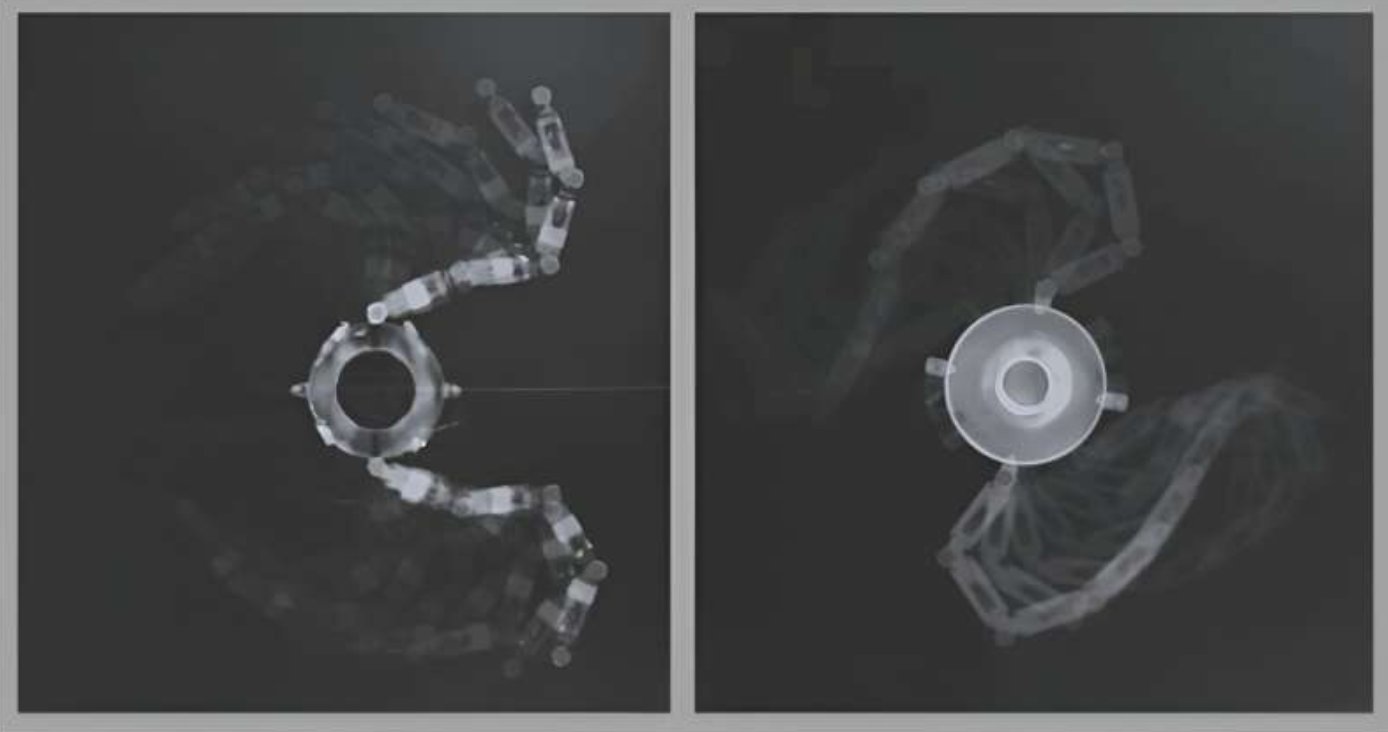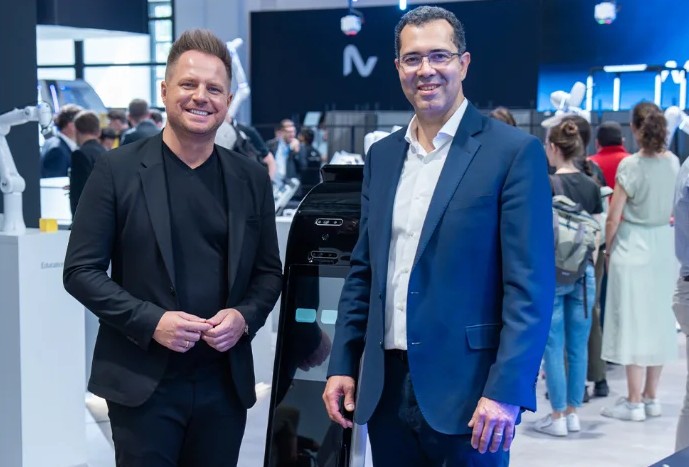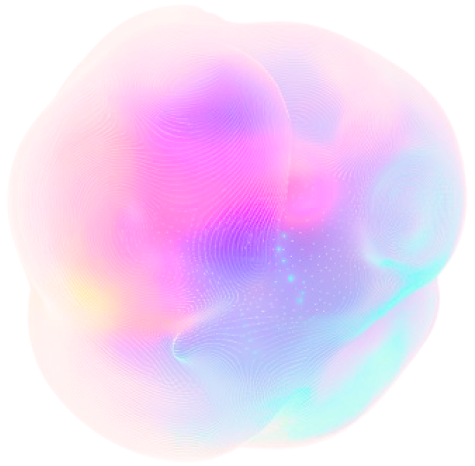Cilia are hair-like sensory structures on some cells that play a crucial role in the sensorimotor capabilities of various organisms, including humans. Their synchronous beating is essential for proper function, but studying this synchronization in living samples is challenging.
Researchers at the Institute of Physics of the Chinese Academy of Sciences have introduced a new platform to model and study ciliary behavior in a controlled setting. This system, consisting of self-propelling robots called HEXBUGs, allows the reproduction of ciliary mechanics for experimental analysis. The team, led by Dr. Mingcheng Yang, found that the HEXBUG chains could mimic the synchronous beating of biological cilia, providing insights into ciliary synchronization driven by mechanical coupling without hydrodynamic effects.
“This platform can be used to realize and study complex ciliary behavior in a controlled manner,” said Dr. Yang.
The system’s effectiveness in simulations opens new avenues for understanding the physics of cilia, particularly their energy dissipation and synchronization patterns.
Featured image: (left) in-phase and (right) antiphase beating synchronization of two robotic cilia coupled via a base. Credit: Y. Xia, et al./Institute of Physics CAS






